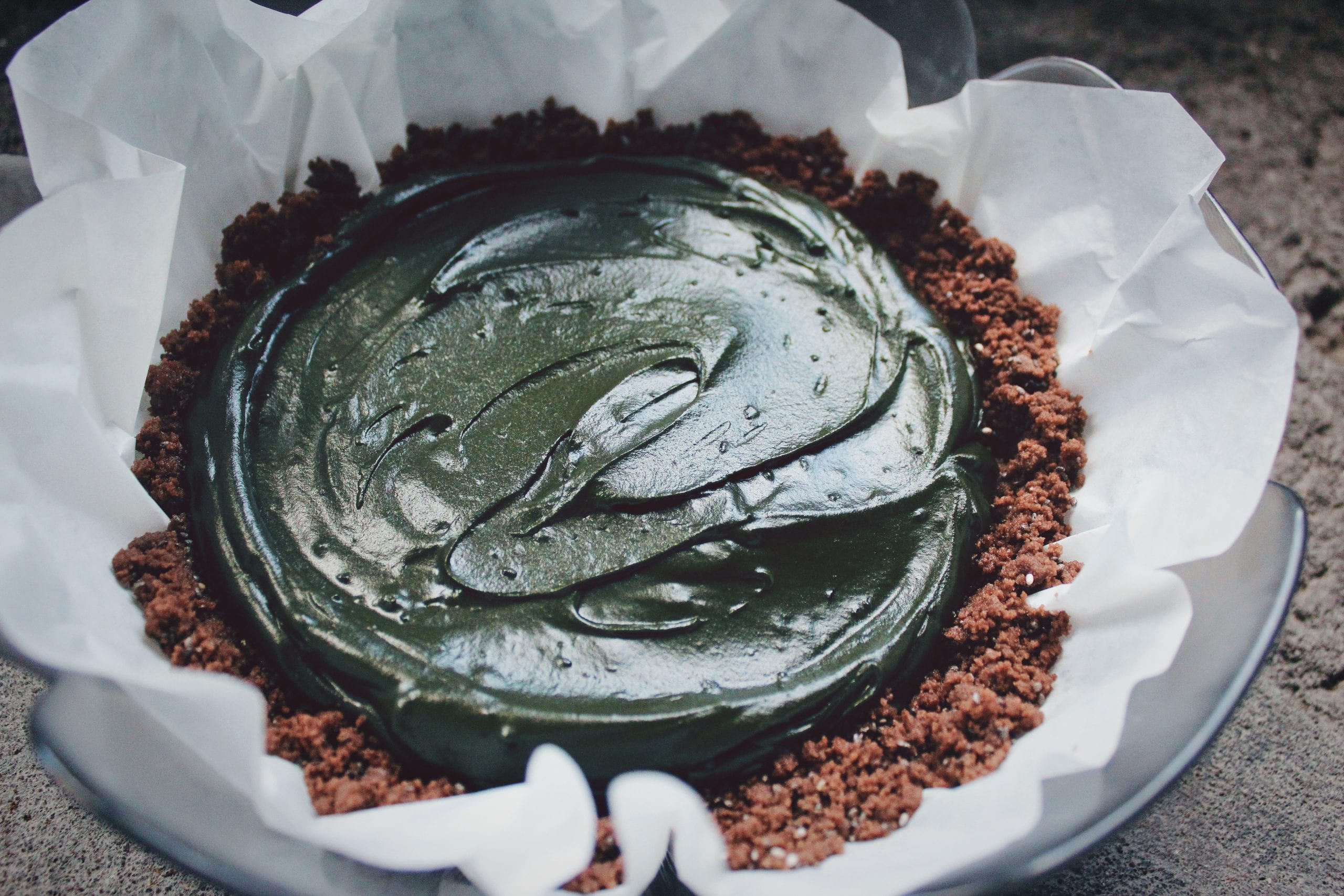As we head into Georgia’s hot and humid summers, you might find yourself chilling in an air-conditioned room, or reaching out to your fridge for a cold beverage. But have you ever thought about how these appliances might be heating up our planet?
Refrigeration is integral to our modern lives, affecting everything from household food preservation, to the storage of pharmaceuticals in the healthcare sector, to cooling server rooms of giant internet powerhouses like Google and Facebook. However, the refrigerant chemicals used in current refrigeration and air-conditioning systems (RAC) are hundreds to thousands of times more potent greenhouse gases than carbon dioxide (CO2), having a major impact on global warming and climate change. Obviously, refrigeration isn’t going anywhere, but we need a way to keep our food fresh while avoiding accelerating global warming.
Conventional Refrigerants
Refrigeration has long since been an agent of climate catastrophe. Conventional refrigerants including chlorofluorocarbons (CFCs) and hydrochlorofluorocarbons (HCFCs) had become a standard in nearly every home RAC unit. However, in the 1980s, scientists discovered that these synthetic refrigerants were degrading the protective ozone layer of the Earth. In response to the rising levels of these ozone-depleting substances, the Montreal Protocol was established in 1987 to phase out the production and consumption of CFCs and HCFCs. The benefits of this agreement have been tremendous, with a reduction in emissions of 10-12 gigatons of CO2 equivalent between 1985 and 2010. The pictures below depict the ozone hole over the Antarctic before (left) and after (right) the implementation of the Montreal Protocol.

While hydrofluorocarbons (HFCs) are currently being used as replacements for CFCs and HCFCs, they are also potent greenhouse gases. The Kigali Amendment to the Montreal Protocol that came into effect in 2019, calls for an 80% reduction in HFCs by 2050. Implementing this amendment would avoid up to a 0.5?C increase in global temperature by the end of the century. The need for more climate-friendly solutions led to the development of hydrofluoroolefins (HFOs), a class of new-generation refrigerants with relatively low global warming potential, developed by the Advanced Materials Group at Honeywell. Although HFOs have emerged as an excellent replacement for HFCs, their decomposition in the atmosphere produces a toxic chemical called trifluoroacetic acid. This toxin can descend to the earth in rainfall and accumulate in lakes and freshwater, affecting aquatic life and drinking water for animal and human consumption.
Paving the way for Sustainable Refrigerants
The quest for more sustainable refrigerant alternatives has given rise to natural refrigerants which are non-toxic, have zero ozone-depletion potential, and a very low or zero global warming potential. Some of the common natural refrigerants used in RAC equipment include CO2 , ammonia, propane and isobutane. Many American companies have shifted to natural refrigerants since the implementation of the Montreal protocol, but no one refrigeration solution has come out. For instance, supermarket chains such as ALDI and Whole Foods have adopted ammonia/CO2 – based systems while beverage giants like Pepsi and Coke have installed thousands of refrigeration cabinets using R290 propane. The company Greenpeace has revolutionzied the domestic refrigeration sector with their GreenFreeze technology that uses isobutane as a refrigerant. Approximately one billion GreenFreeze fridges are currently in operation globally.
Despite the benefits of natural refrigerants, there are safety concerns that hinder their wide-spread adoption. For instance, ammonia is toxic and could present a health risk if there is a leak. Similarly, hydrocarbons like propane are obtained from crude oil refining and are flammable. However, relatively small amounts of these chemicals are used in the sealed tubes that circulate them in RAC systems. Although the possibility of developing an ideal non-toxic and nonflammable refrigerant is low, manufacturers are striving to improve upon refrigerant technologies, while ensuring they meet the necessary safety standards. The hunt for low-flammable hydrocarbon refrigerants and blends is underway, however research in this area is still in its nascent stages.
Spreading Consumer Awareness
So how do you identify appliances with sustainable refrigerants? The US EPA and leading appliance manufacturers have released chemical refrigerant information that makes it easier for consumers to purchase sustainable refrigerators. For instance, if you find an R600a sticker on a domestic refrigerator, it is an indication that the appliance uses isobutane and is HFC-free. EPA’s Energy Star Program has released a list of eco-friendly refrigerators available on the market. As consumers, we can make smart choices on buying eco-friendly appliances the next time we need one. But what happens to our old appliances when we decide to replace them? 90% of the emissions from refrigerant chemicals occur during disposal. Between 2007 to 2016, Americans discarded about 175 million refrigerant containing appliances such as fridges, freezers, and air-conditioners, most of which ended up in landfills, contributing further to greenhouse gas emissions. To combat these emissions, the EPA introduced Section 608 of the Clean Air Act in 2018 to promote the recovery, recycling, and reuse of refrigerants. According to these regulations, refrigerants must be recovered by a Section 608 certified technician using an EPA-certified recovery device. The refrigerants are then recycled using a cleaning equipment that eliminates moisture and impurities according to industry ARI-700 standards, which enables their reuse in other systems. You can learn more about recycling cooling appliances through the Responsible Appliance Disposal Program (RAD) and RAD partner programs. With World Refrigeration Day on June 26 right around the corner, it’s a great opportunity to increase our awareness about sustainable RACs, so we can purchase and dispose of refrigeration systems sustainably.
So, the next time you go shopping for a new refrigerator or an air-conditioner, be on the lookout for appliances with sustainable refrigerants and adopt climate-friendly cooling solutions.
About the Author
Sarada Sripada is a Ph.D Student in the School of Chemical, Material and Biomedical Engineering, College of Engineering at the University of Georgia. She is interested in synthesizing green catalysts for applications in the production of certain fine chemicals. Apart from being passionate about her research, she enjoys music, dance, writing songs and poems and tries her hand at Indian cooking. She totally loves tea and couldn't do a day without it!
-
Sarada Sripadahttps://athensscienceobserver.com/author/sarada-sripada/October 14, 2020
-
Sarada Sripadahttps://athensscienceobserver.com/author/sarada-sripada/October 6, 2020
-
Sarada Sripadahttps://athensscienceobserver.com/author/sarada-sripada/April 10, 2019
-
Sarada Sripadahttps://athensscienceobserver.com/author/sarada-sripada/November 26, 2018








